A visit to Subnade: Downtown Tokyo’s survivor subterranean shopping center【Photos】
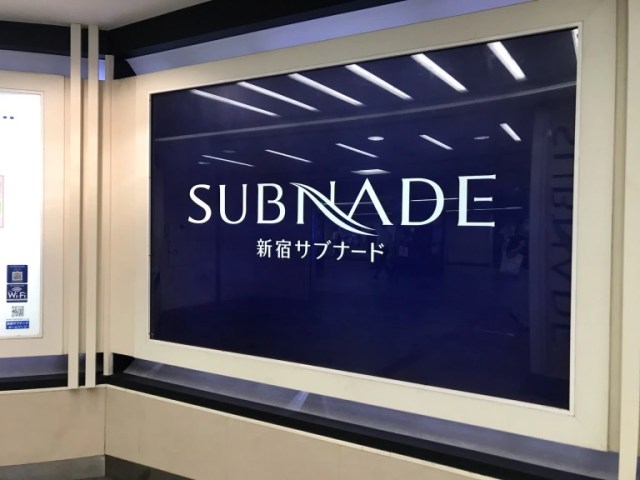
Exploring beneath the streets of the skyscraper district.
Tokyo’s Shinjuku neighborhood is right at the heart of one of the busiest, most crowded cities in the world, and as soon as you step out onto the street you’ll find yourself surrounded by skyscrapers. But as you gawk up at block after block of the high-rise foliage of the concrete jungle, there’s also a network of tunnels right beneath your feet.
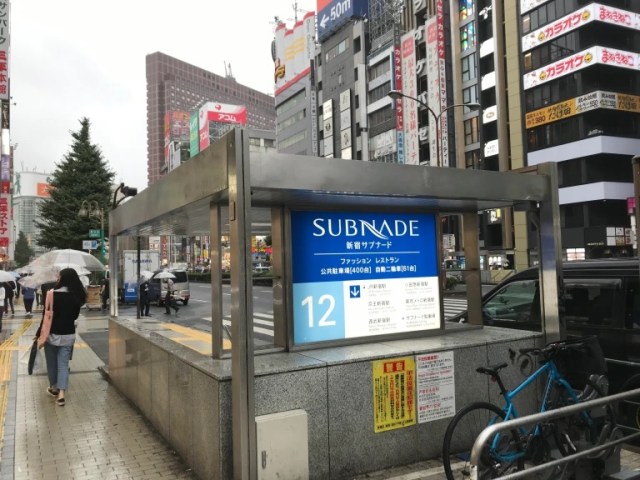
We’re not talking about the multiple subway lines that link up at Shinjuku Station, either. Walk around surface-level Shinjuku, and before long you’ll spot one of a number of staircases with a sign saying Subnade. Head down the steps…
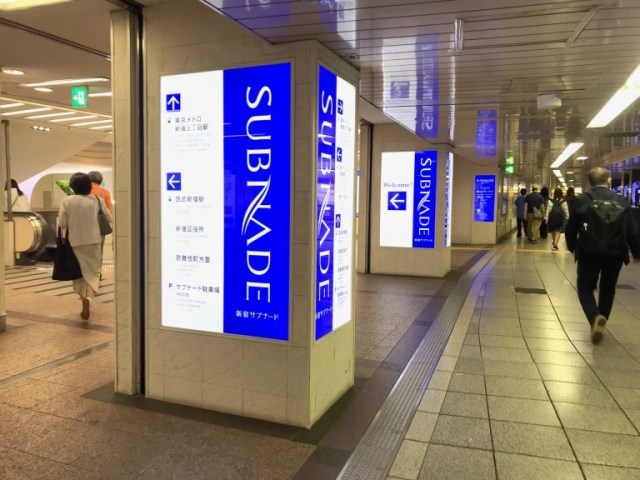
…and you’ll reach a huge underground shopping and restaurant center that runs for several city blocks.
Subnade connects to the subterranean East Exit of JR Shinjuku Station, and it’s something of a time capsule. Since Subnade’s opening in 1973, above-ground Shinjuku has gone through multiple waves of redevelopment, with shiny new buildings taking the spots of torn-down older ones. Subnade, though, still has an old-school atmosphere, and offers alternatives to the chain stores and eateries that occupy the more expensive street-level skyscraper entertainment complexes.
▼ Bambi, for example, is a small local chain specializing in hamburger steaks whose Subnade branch has been at this location for decades.
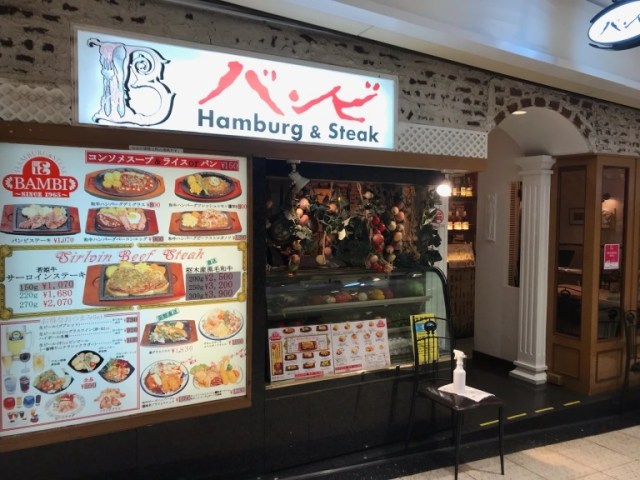
Shinjuku is also where many large Japanese companies have their offices, and many of Subnade’s clothing stores are oriented towards women who work in the neighborhood. Women’s business attire is a unique part of the Japanese fashion world. Full suits generally aren’t required, but there’s still a certain dressiness that needs to be maintained, resulting in a sort of business semi-casual of understated stylishness.
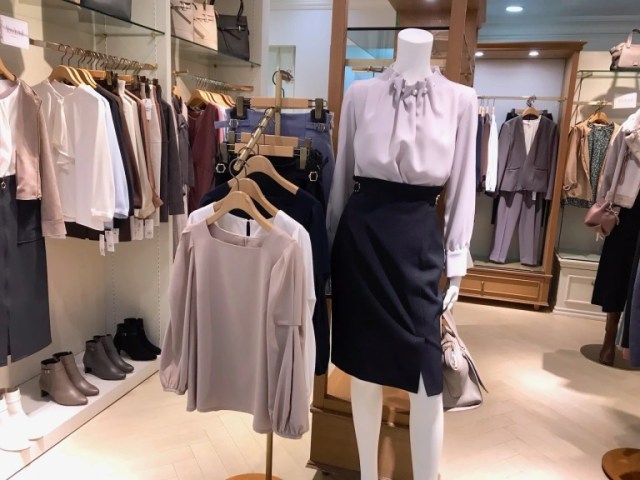
Compared to the steep prices at the department stores in the neighborhood, Subnade’s shops are stocked with much more reasonably priced options that don’t give up anything in terms of fashionableness or workplace usability.
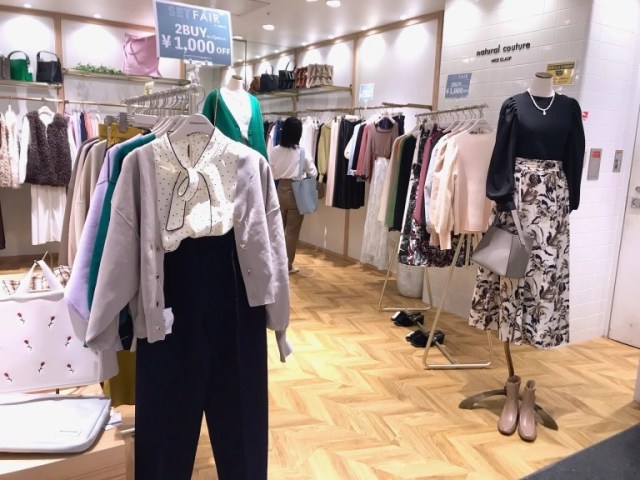
As you get deeper into Subnade, though, you might start to notice a change in some of the fashions on display.
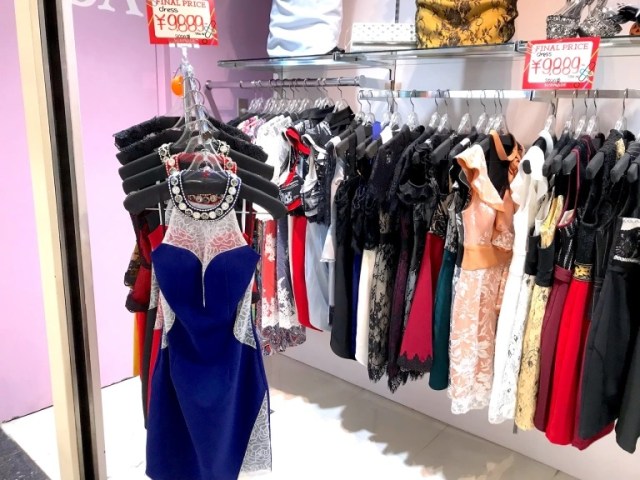
Subnade stretches east and north from Shinjuku Station, and so it also connects to Kabukicho, Tokyo’s biggest bar district. Because of that, Subnade has a handful of boutiques focused on the business attire of the hostess bar industry: glamorous dresses in bright colors and bold designs.
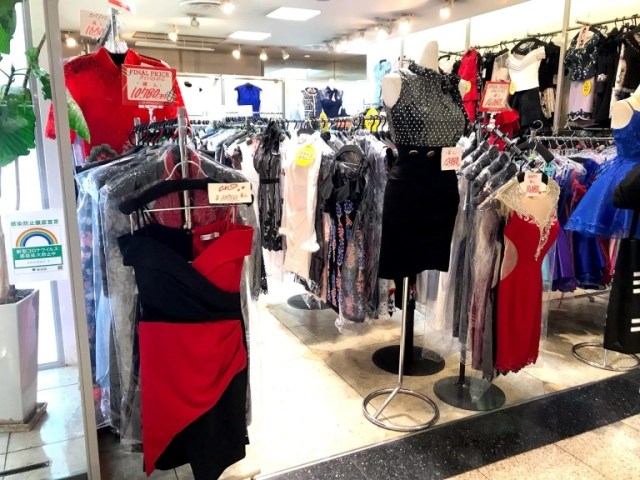
Again, these are priced pretty affordably by Japanese standards, with the dresses on this rack going for just 4,290 yen (US$30).
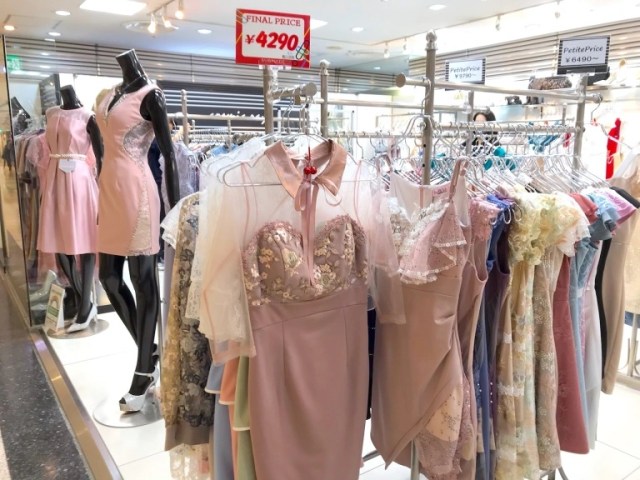
Shifting gears back to food, Subnade is also where you’ll find one of the remaining branches of local chain Cafe Haiti.
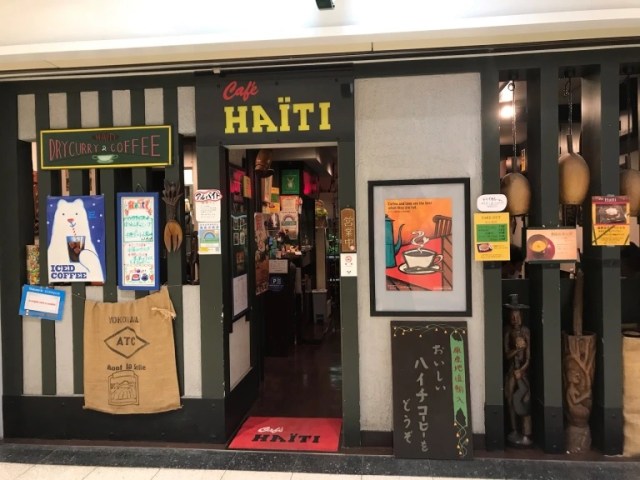
This is one of our Japanese-language reporter Mariko Hanabatake’s favorite spots to grab lunch, since they do a great dry curry rice plate…
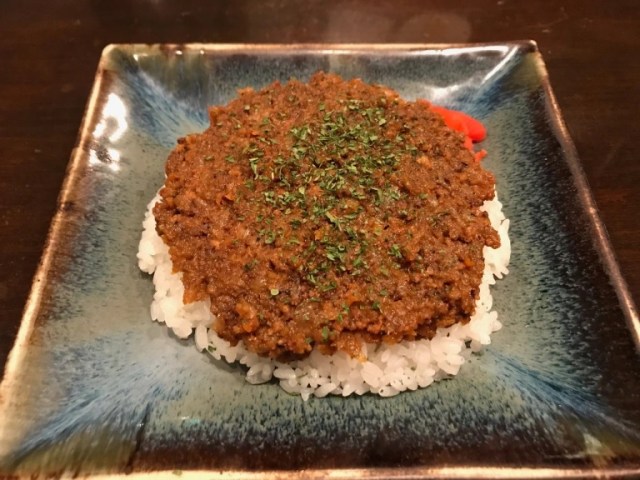
…and they also serve Haitian coffee with a small side of rum.
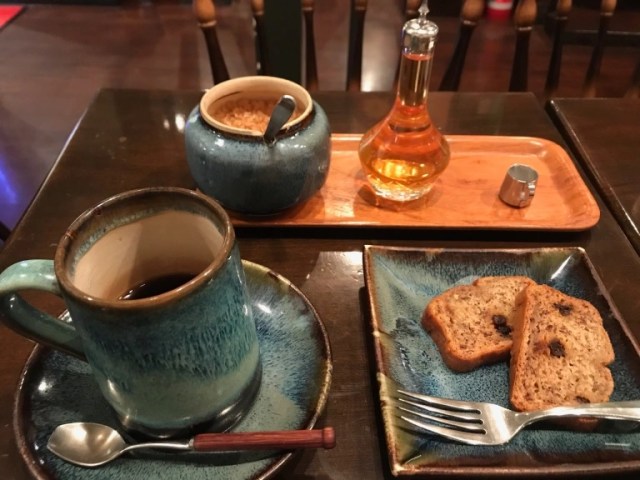
Subnade does have some major chains as well, with Starbucks, Doutor, and Caffe Veolce all having coffeehouses in its halls.
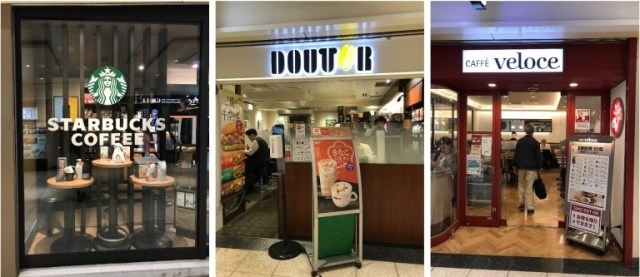
But it’s the less-known tenants that really make it an interesting place to explore, like its award-winning aquarium supply and tropical fish shop.
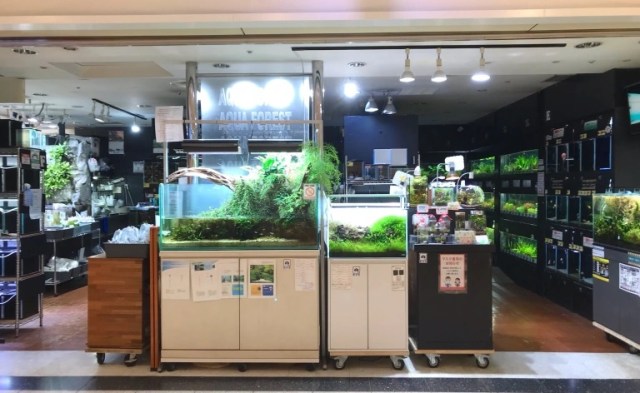
And if you get tired from all the walking around, there’s a row of a half-dozen massage places to help rejuvenate you…
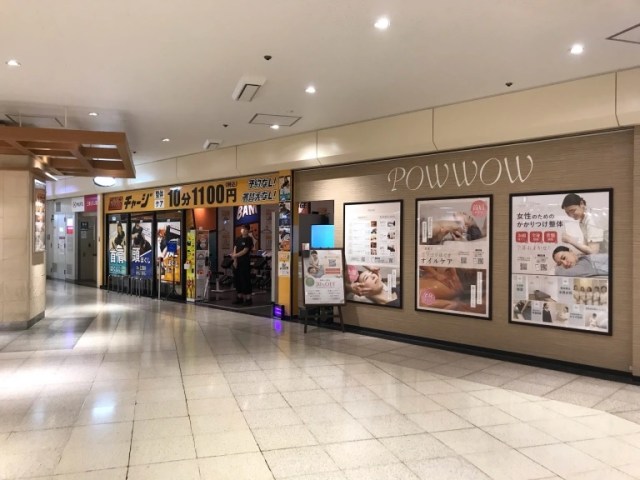
…and an herbal remedy shop too.
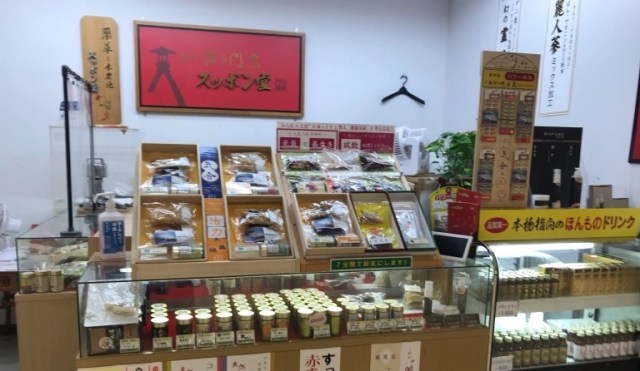
Like a lot of places, though, times have been tough for Subnade during the pandemic. A number of its shops have closed, and both the Shinjuku Metro Restaurant Town and Kinokuniya Underground Center, two of its neighbors, have shut down entirely.
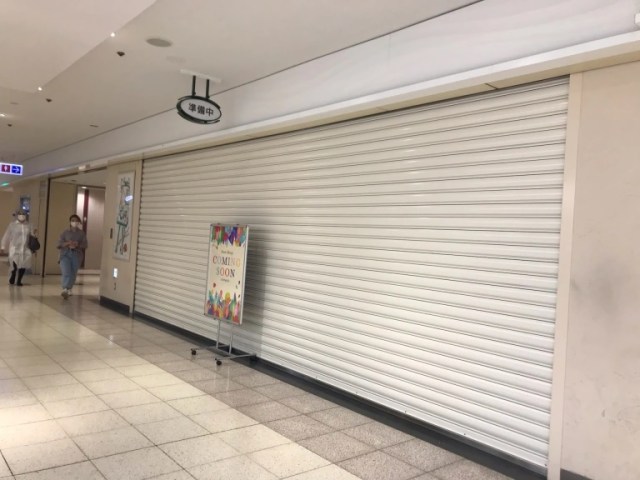
For now, though, Subnade is still holding on, and it’s still worth seeing for yourself the next time you’re in the neighborhood.
Photos ©SoraNews24
● Want to hear about SoraNews24’s latest articles as soon as they’re published? Follow us on Facebook and Twitter!
Credit:

0 comments:
Post a Comment